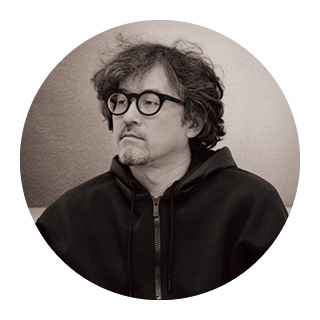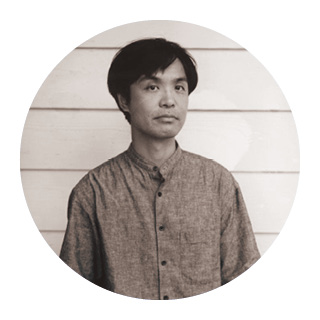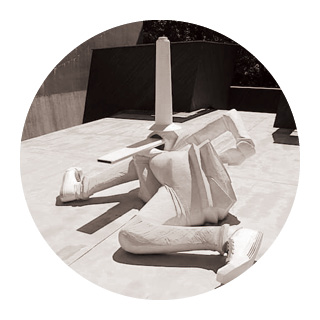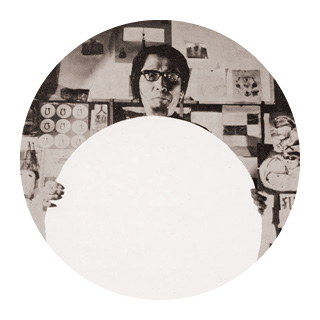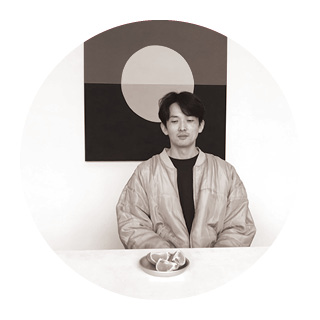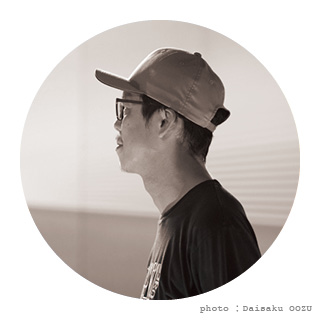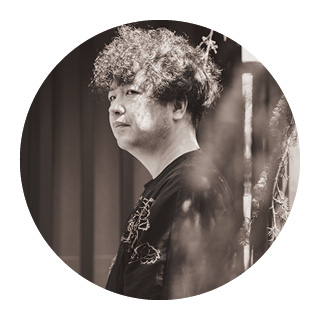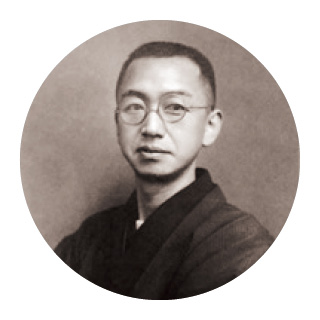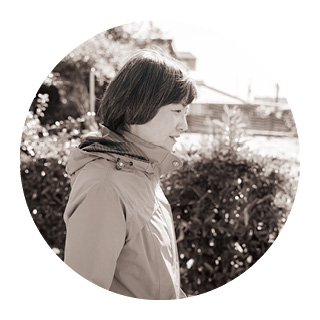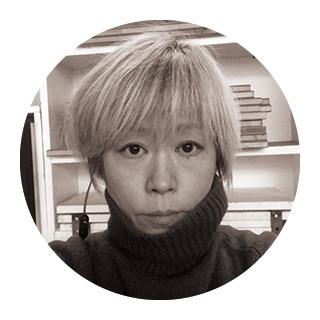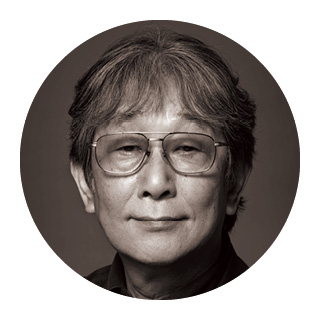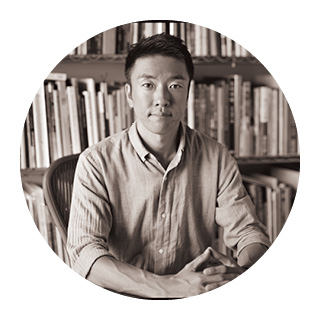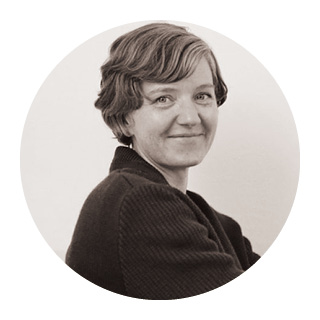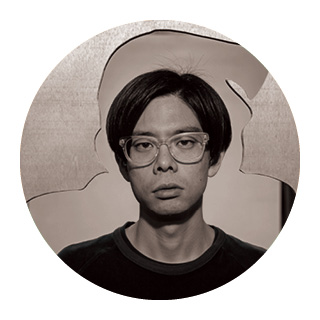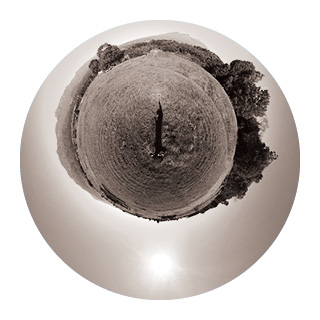
河田誠一
Seiichi Kawata展示会場
昭和41(1966)年、東京生まれ。昭和62(1987)年に日本メンズアパレルアカデミー、平成4(1992)年にセツモードセミナーを卒業。日本の美術史において「フォービズムの画家」と位置付けられている画家、熊谷守一の玄孫で、ファッションデザイナー、画家、ダンサーと多彩な顔を持つ。
昭和62(1987)年、初コスチューム『WagaWagaダンスコスチューム』を手掛ける。平成2〜17(1990-2005)年には池袋芸術劇場、平成3(1991)年の『花の万博EXPO』でもコスチュームを担当し、展示会を行った。主な展覧会は、目黒区民美術館(1991)、アートスペース(1992)でのグループ展のほか、個展『seed of cosmos』(アートスペース、神宮前/1993)、『remain primitive』(Art Bar ココロ、六本木/2001)、『Orunella』(FANCL Window Art、神宮前/2002)など。
Seiichi Kawata was born in Tokyo in 1966. Graduated from Japan Men’s Apparel Academy in 1987 and Setsu Mode Seminar in 1992. He is the great-grandson of the painter Morikazu Kumagai, who is regarded as the “painter of fauvism” in Japanese art history, and is a fashion designer, painter, and dancer.
In 1987, he created his first costume “WagaWaga Dance Costume”. He was also in charge of costumes for the Ikebukuro Art Theater from 1990 to 2005, and for the “Expo ’90” in 1991, where he held an exhibition. Major exhibitions include Meguro Museum of Art (1991) and group exhibitions at the Art Space (1992), as well as solo exhibitions “seed of cosmos” (Art Space, Jingumae/1993), “remainder primitive” (Art Bar Kokoro, Roppongi/2001), “Orunella” (FANCL Window Art, Jingumae/2002)
作品ステートメント
松本市への想い。
私事ですが、18歳で初めて松本城を訪れました。
そして、この素晴らしい城下町・文化教育地区に惚れ込み
何度もこの地に足を運びました。
今回は風景画背景としてLandscape作品を展開します。
タイトルは、仏教用語の「尽未来際」にも通ずる
【Matsumoto Sustainable】(松本サステナブル)。
古き良き文化財、建築をモチーフに
暖色、寒色系列で
松本市の砂と土を練り上げ
小さく穀物類を混ぜ合わせ
平面ながらボリューム感満点に。
松本への想いを込め
表現させていただきます。
Thoughts on Matsumoto City.
On a personal note, I visited Matsumoto Castle for the first time when I was 18 years old and fell in love with this wonderful castle town and cultural and educational district.This time, I will be creating a landscape work as a background landscape painting.
The title of the work is “Matsumoto Sustainable,” which is also the Buddhist term for “the edge of the future. In the motif of good old cultural assets and architecture, I kneaded the sand and soil of Matsumoto City in warm and cold color series, and mixed small grains to make it voluminous going against a painting’s flat nature.
I will express my feelings for Matsumoto.
